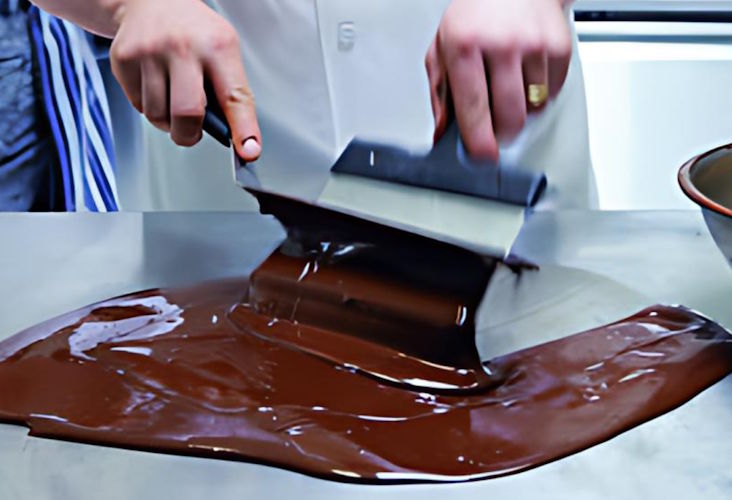The Critical Role of Temperature in Crafting Perfect Chocolate
- June 24, 2025
- Posted by: Sheryl Yong
- Category: Innovation

Chocolate, one of the world’s most beloved confections, is as much a product of precise science as it is of culinary tradition. Behind the silky texture and rich flavor lies a complex process heavily dependent on temperature control. From sourcing cocoa beans to molding finished bars, temperature plays a decisive role in determining the quality, texture, and usability of chocolate across various industries.
At the heart of premium chocolate production is a process known as tempering. This controlled heating and cooling technique stabilizes the cocoa butter crystals within chocolate, yielding the glossy finish, smooth mouthfeel, and satisfying snap characteristic of high-quality chocolate. Without proper tempering, chocolate is prone to developing bloom — the unsightly white streaks or spots formed by unstable fat or sugar crystals — compromising both its appearance and texture.
Tempering involves carefully bringing the chocolate to specific temperature thresholds that vary based on the type of chocolate being produced. For dark chocolate, the recommended tempering range is between 31°C and 32°C (88°F to 90°F). Milk chocolate requires a slightly lower range, typically 29°C to 30°C (84°F to 86°F), while white chocolate, which contains a higher proportion of milk solids and cocoa butter, is best tempered between 28°C and 29°C (82°F to 84°F). These narrow margins reflect the delicate chemistry required to produce structurally stable chocolate suitable for commercial and artisanal applications.
Failure to maintain these temperature parameters results in defective chocolate that lacks the desired gloss, texture, and stability. Such chocolate may appear dull, brittle, or greasy, making it unsuitable for high-end products or professional culinary uses. Consequently, precise temperature monitoring — often achieved through digital thermometers and calibrated tempering machines — is indispensable for chocolatiers, pastry chefs, and large-scale manufacturers alike.
The practical applications of properly tempered chocolate extend far beyond simple confectionery. In the world of fine pastry and dessert making, tempered chocolate is essential for crafting molded bonbons, chocolate decorations, and elaborate showpieces. Its stability at room temperature and resistance to fingerprints make it ideal for presentation purposes, while its controlled melt ensures an optimal sensory experience when consumed.
Moreover, the industrial food sector relies heavily on tempered chocolate for enrobing candies, biscuits, and ice cream products. In these environments, consistency in chocolate’s viscosity, setting speed, and sheen directly impacts production efficiency and product shelf life. Incorrectly tempered chocolate in these contexts can lead to costly waste, product recalls, and diminished consumer confidence.
Even in emerging fields such as 3D food printing, the tempering process remains a fundamental consideration. Innovative technologies utilizing chocolate as a printing medium still require strict adherence to tempering standards to achieve precise structural outcomes. This convergence of tradition and modern technology underscores the timeless importance of temperature in chocolate production.
In conclusion, the role of temperature in creating high-quality chocolate cannot be overstated. Whether in artisanal workshops or high-volume factories, maintaining correct tempering temperatures ensures that chocolate not only looks appealing but also meets the functional and sensory expectations demanded by consumers and professionals alike. As chocolate continues to evolve in culinary and technological spaces, mastery over its thermal behavior remains an indispensable foundation for success.

